Exploring the culinary landscape across different cultures reveals some of the most bizarre foods that may challenge your palate. Each of these unique dishes holds a rich history and cultural significance. From fermented fish to insect delicacies, these foods offer an adventurous gastronomic experience. Here are some of the most unusual foods you can find around the globe.
Balut (Philippines)
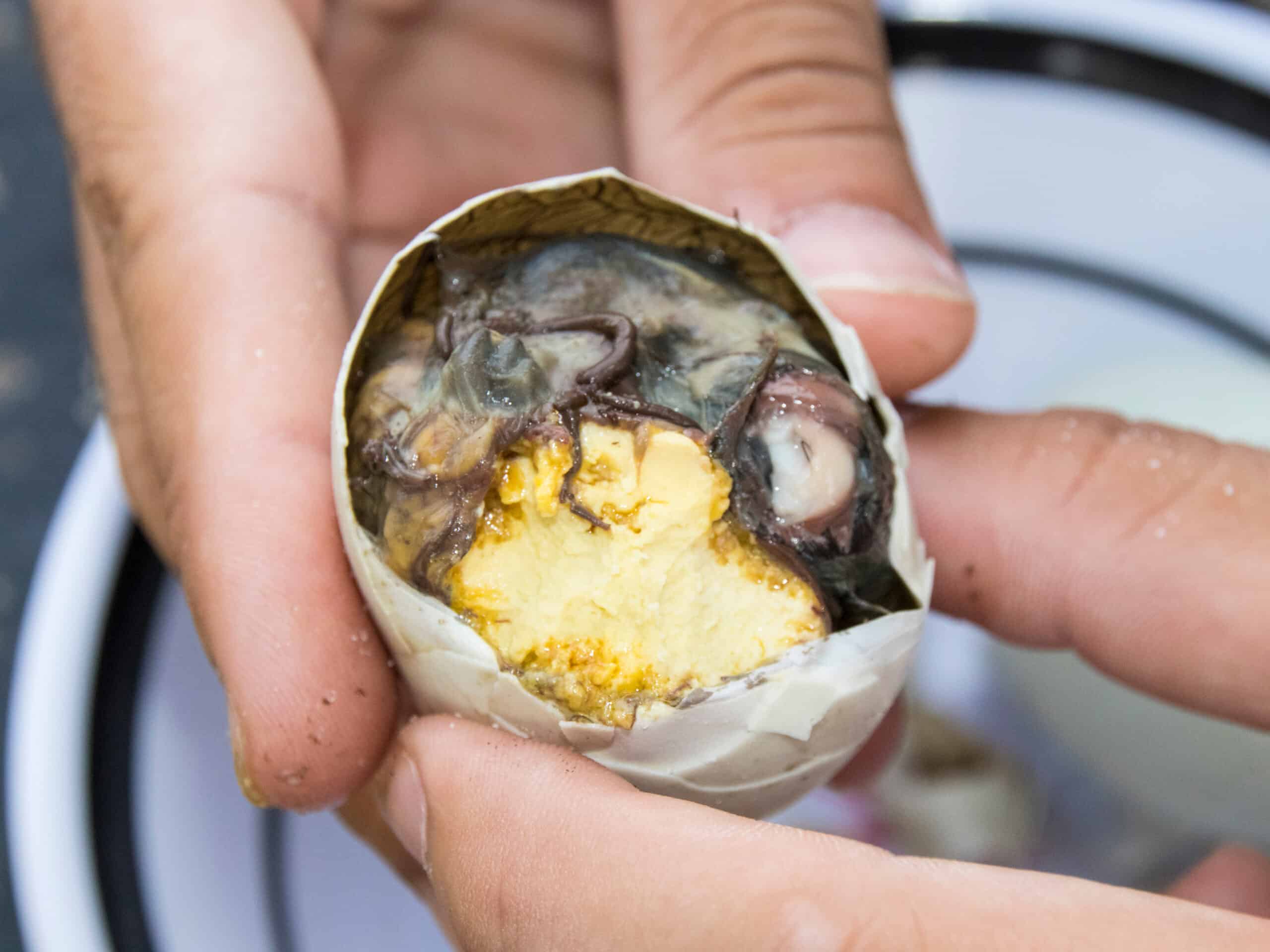
Balut is a popular street food in the Philippines. It’s a fertilized duck egg incubated for about 18 days before being boiled. The embryo is partially developed, offering a mix of textures from the broth, egg white, and yolk. It’s typically seasoned with salt and vinegar. The taste is rich and savory, with a unique combination of egg and tender meat. Balut is often enjoyed as a high-protein snack or a beer companion.
Casu Marzu (Italy)
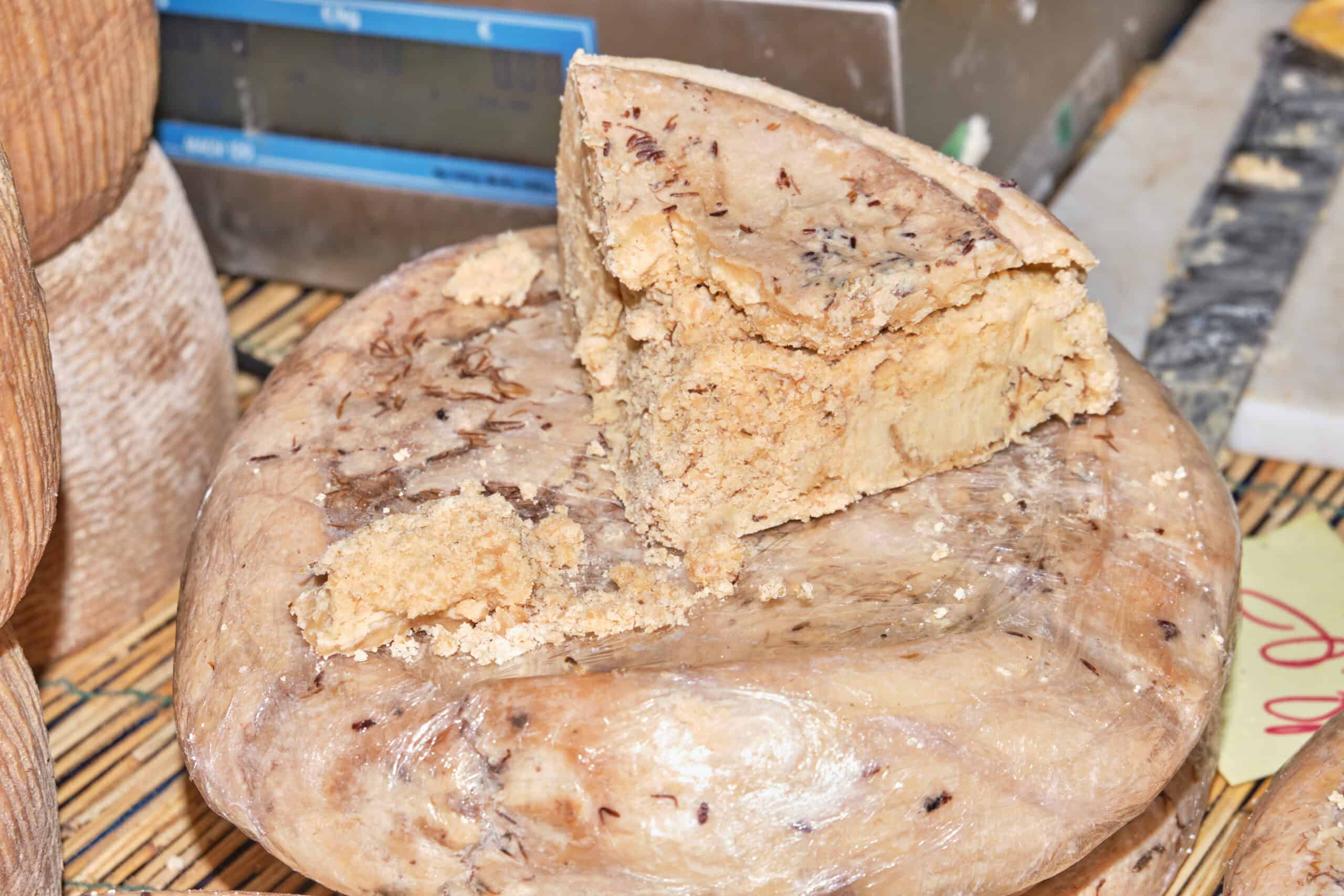
Casu Marzu hails from Sardinia, Italy, and is known as “maggot cheese.” It’s a sheep milk cheese fermented to the point where fly larvae are intentionally introduced. The larvae help break down the fats, creating a soft texture. The flavor is intense, sharp, and slightly spicy, with a distinct aroma. Consumption of Casu Marzu is a traditional practice, though it’s technically illegal due to health regulations. It’s often eaten with traditional Sardinian flatbread and strong red wine.
Hakarl (Iceland)
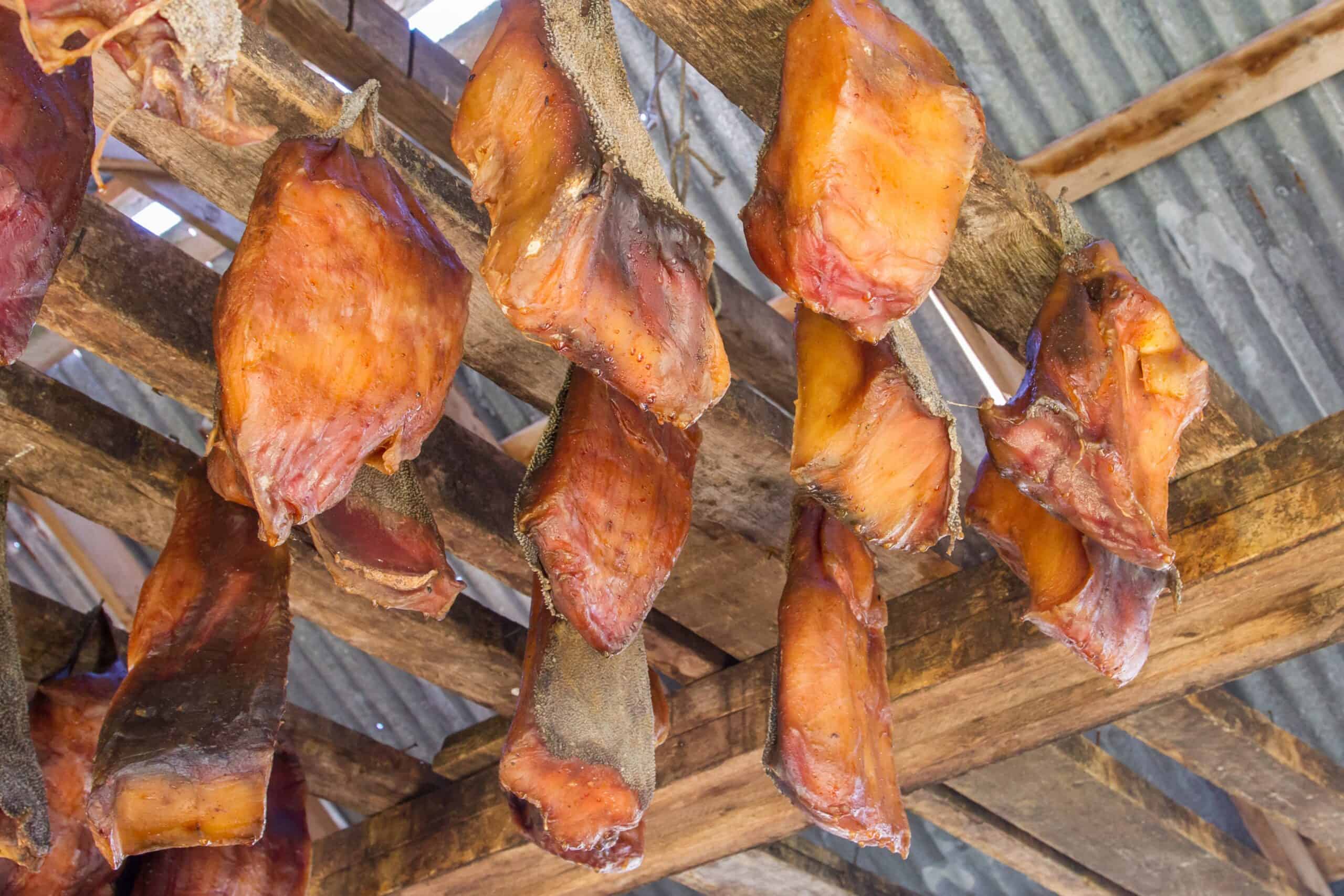
Hakarl is an Icelandic delicacy made from fermented Greenland shark. The preparation involves burying the shark meat and allowing it to ferment for several months. It is then hung to dry for a few more months. The resulting meat has a strong ammonia smell and a fishy taste that is often described as an acquired flavor. Hakarl is traditionally eaten during the midwinter festival of Þorrablót, often accompanied by a shot of Brennivín, an Icelandic schnapps.
Sannakji (South Korea)
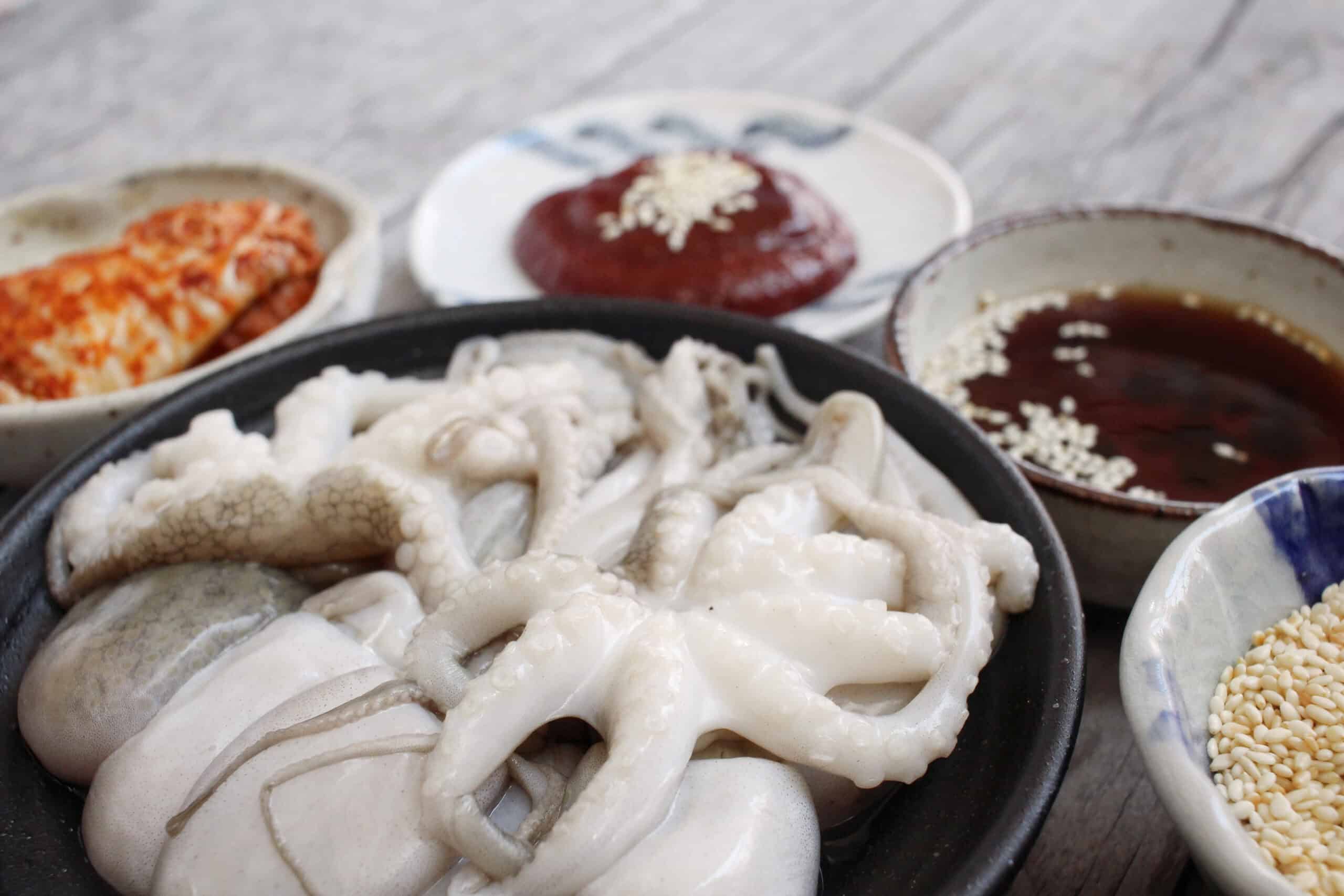
Sannakji is a Korean dish consisting of live octopus. The octopus is cut into small pieces and served immediately while still wriggling. It is usually seasoned with sesame oil and sesame seeds. The taste is mild and slightly sweet, with a chewy texture. Sannakji is a popular delicacy enjoyed for its freshness and the unique sensation of the moving tentacles. Eating it requires careful chewing to avoid any potential choking hazard.
Surströmming (Sweden)
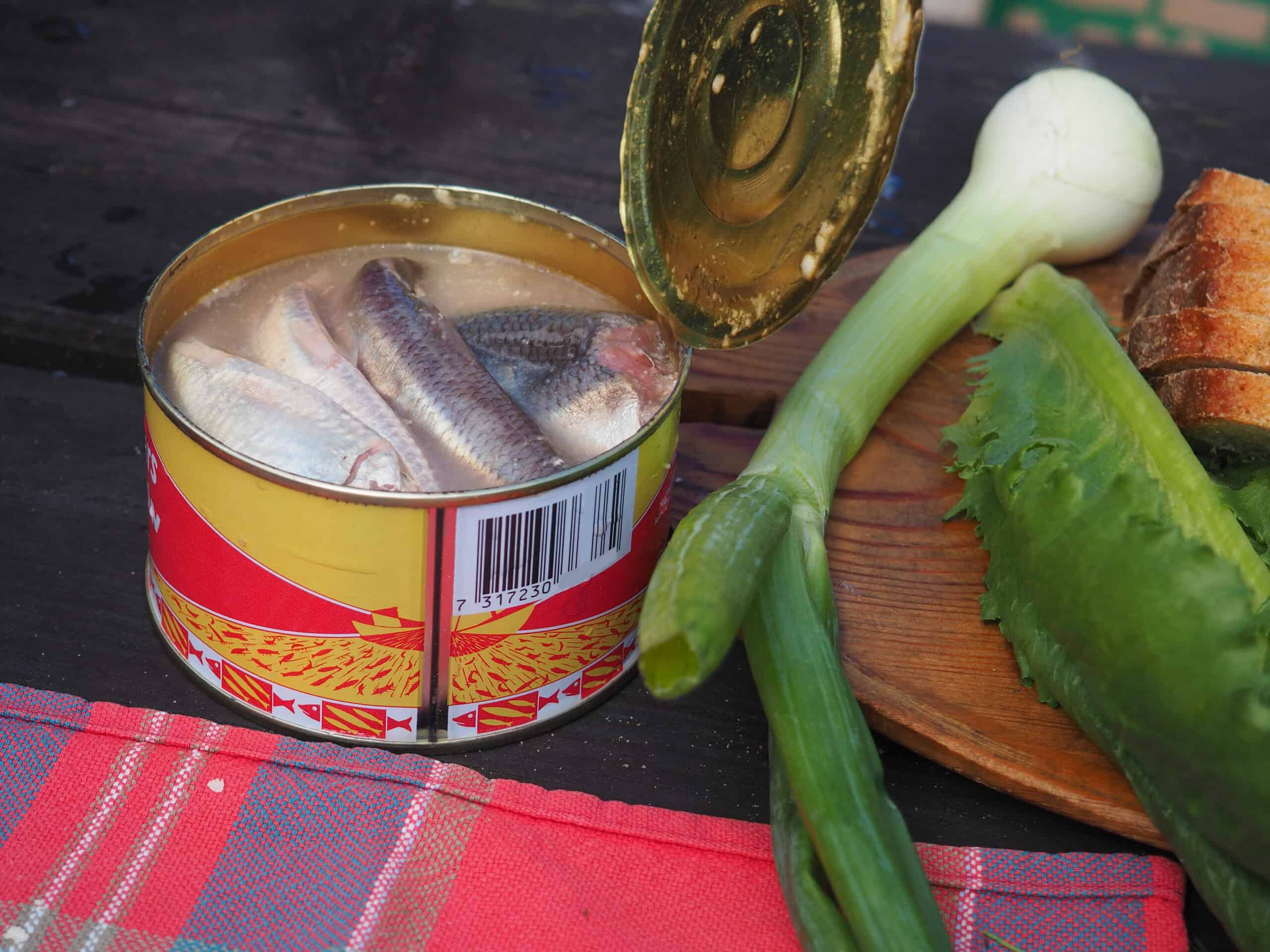
Surströmming is a traditional Swedish dish of fermented Baltic herring. The fish is caught, lightly salted, and left to ferment for six months in barrels. It is then canned, where fermentation continues. The resulting smell is extremely potent and often considered one of the foulest food odors. Despite the smell, the taste is tangy and briny, typically enjoyed with flatbread, potatoes, and onions. Surströmming is usually eaten during outdoor gatherings to mitigate the strong odor.
Century Egg (China)
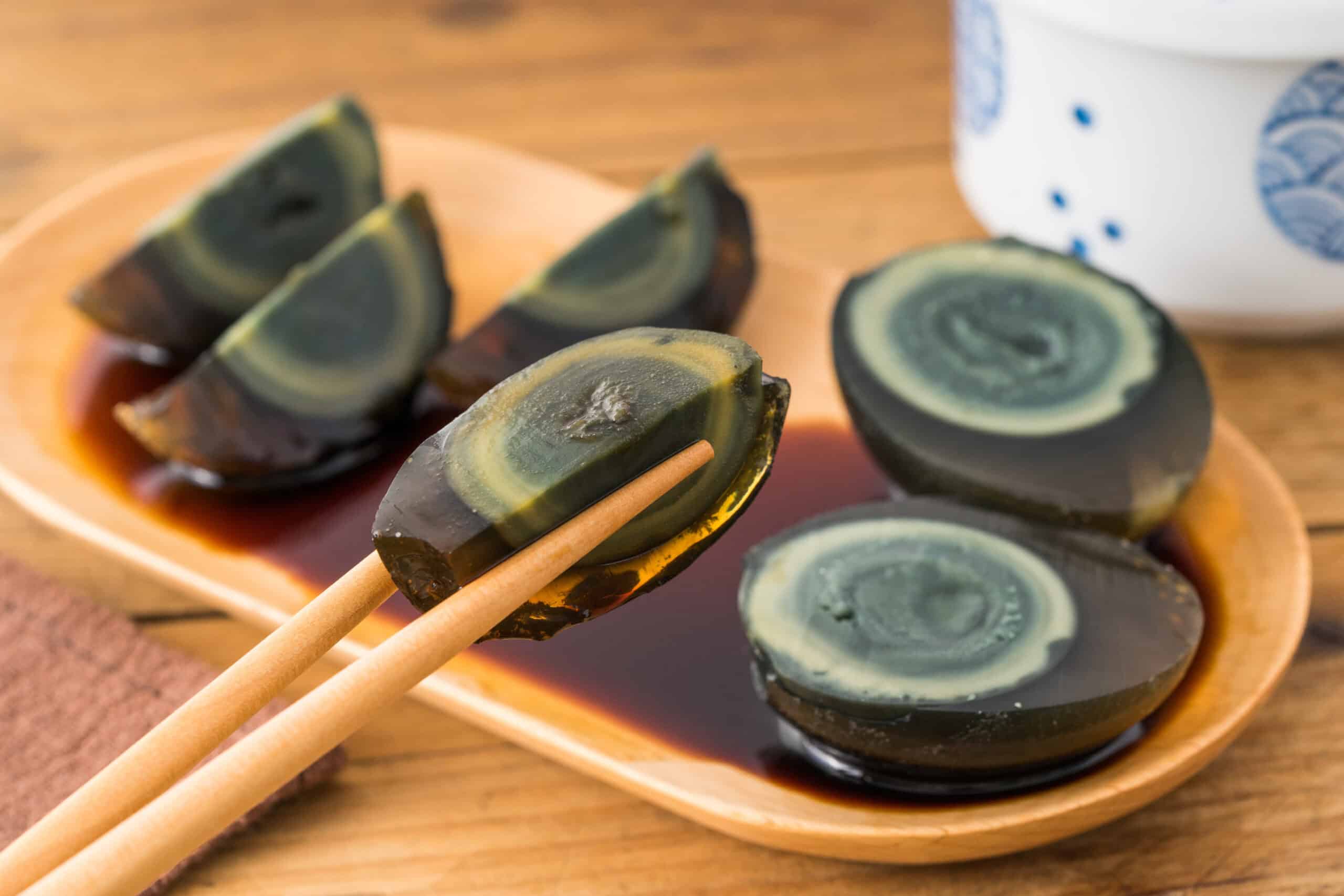
Century eggs, also known as hundred-year eggs, are a Chinese delicacy made by preserving duck, chicken, or quail eggs in a mixture of clay, ash, and quicklime for several weeks to months. The yolk turns dark green or black, while the white becomes a translucent brown jelly. The flavor is rich, creamy, and salty, with a pungent aroma. Century eggs are often sliced and served as a side dish or used in various Chinese dishes.
Escamoles (Mexico)
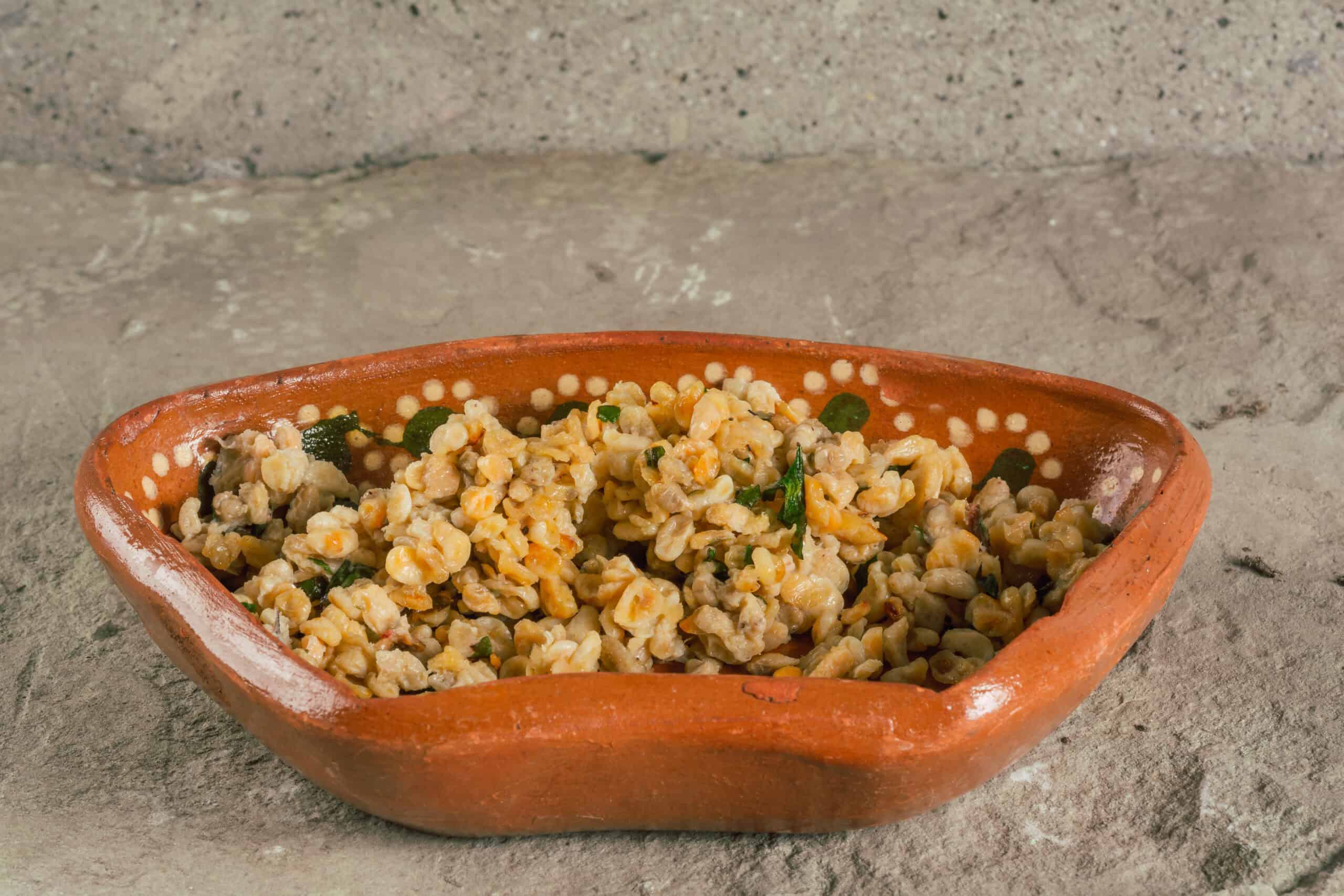
Escamoles, known as “insect caviar,” are ant larvae harvested from the roots of agave plants in Mexico. They have been consumed since the time of the Aztecs. The larvae are sautéed with butter and spices, resulting in a nutty and buttery flavor. The texture is creamy and slightly crunchy. Escamoles are typically served in tacos or omelets and are considered a delicacy in Mexican cuisine.
Fried Tarantulas (Cambodia)

Fried tarantulas are a popular street snack in Cambodia, especially in the town of Skuon. The spiders are caught in the wild, cleaned, and deep-fried until crispy. They are seasoned with salt, sugar, and sometimes garlic. The taste is a cross between chicken and cod, with a crunchy exterior and soft interior. Fried tarantulas became a source of protein during the Khmer Rouge regime and have since remained a part of local culinary tradition.
Haggis (Scotland)
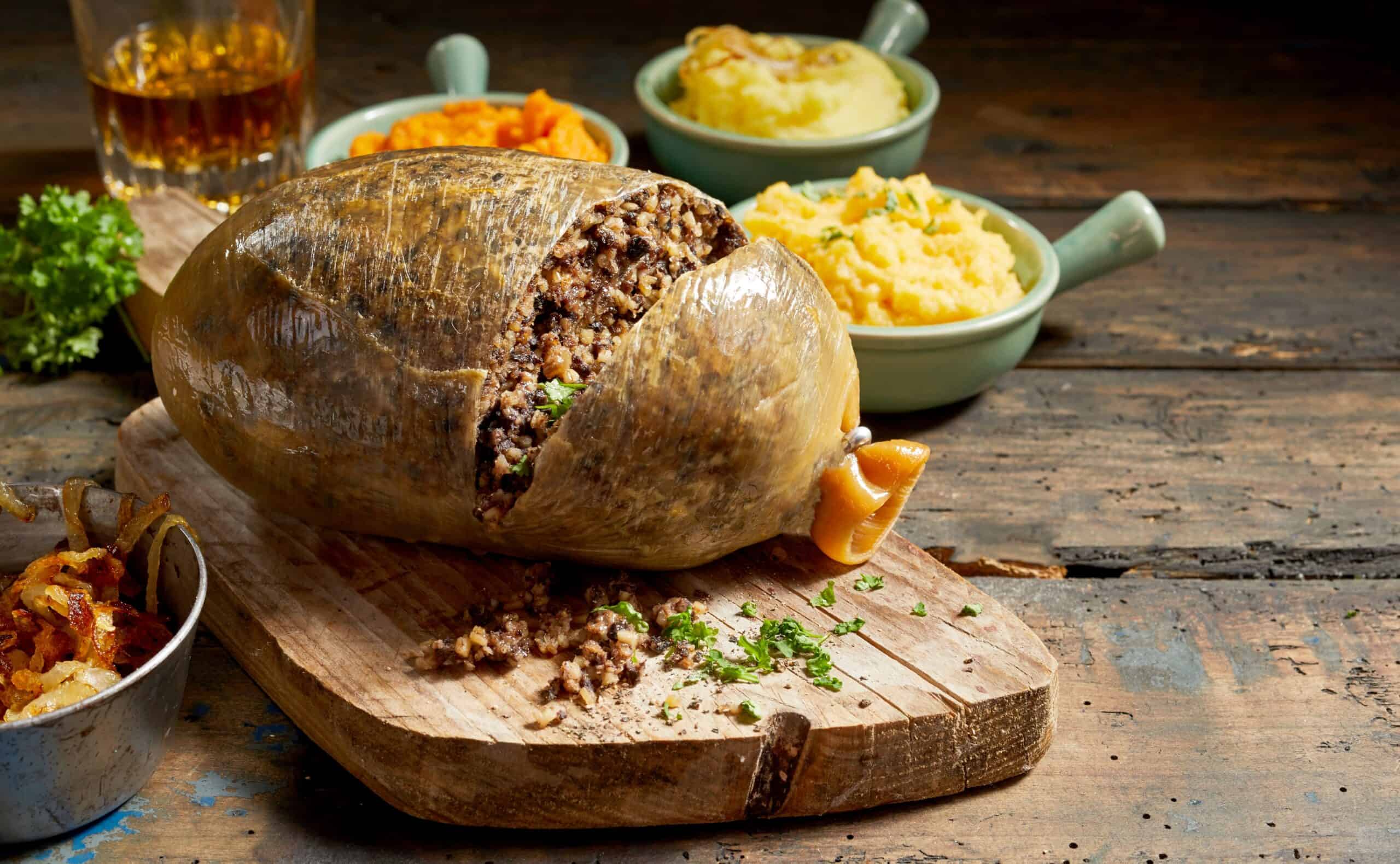
Haggis is a traditional Scottish dish made from sheep’s heart, liver, and lungs, mixed with onions, oatmeal, and spices. The mixture is encased in the animal’s stomach and then boiled. The flavor is rich and savory, with a slightly spicy and earthy taste. Haggis is typically served with “neeps and tatties” (turnips and potatoes) and enjoyed during Burns Night celebrations. Despite its unusual ingredients, it is cherished as Scotland’s national dish.
Kiviak (Greenland)
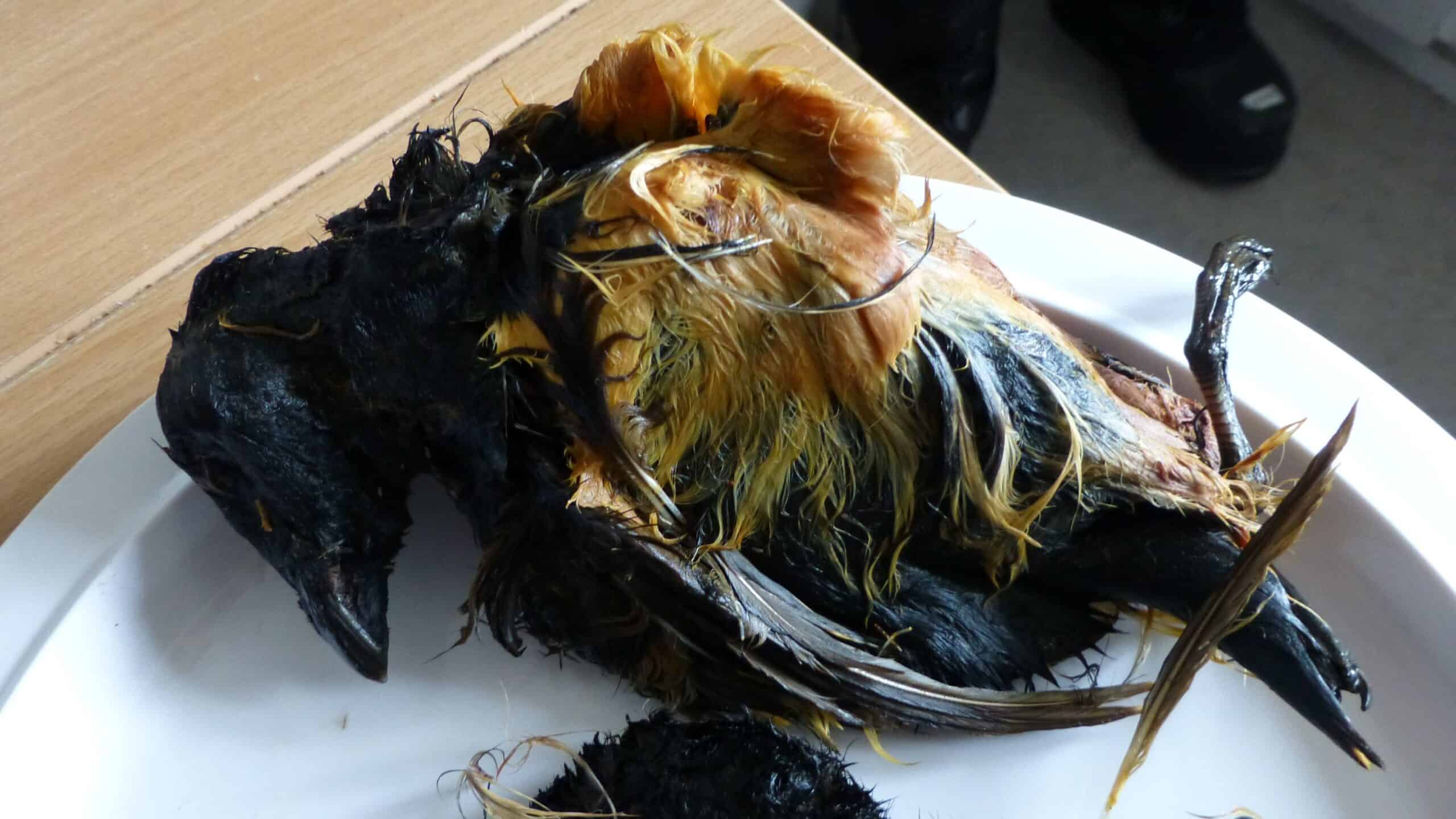
Kiviak is a Greenlandic delicacy made by fermenting auks, a type of seabird, inside a seal skin. The birds are packed whole into the seal skin, which is then sewn up and buried for several months. The fermentation process creates a strong, pungent flavor, often compared to very strong cheese or gamey meat. Kiviak is traditionally eaten during winter feasts and celebrations, especially at Christmas and weddings. The dish provides a valuable source of vitamins during the harsh Arctic winter.
Shirako (Japan)
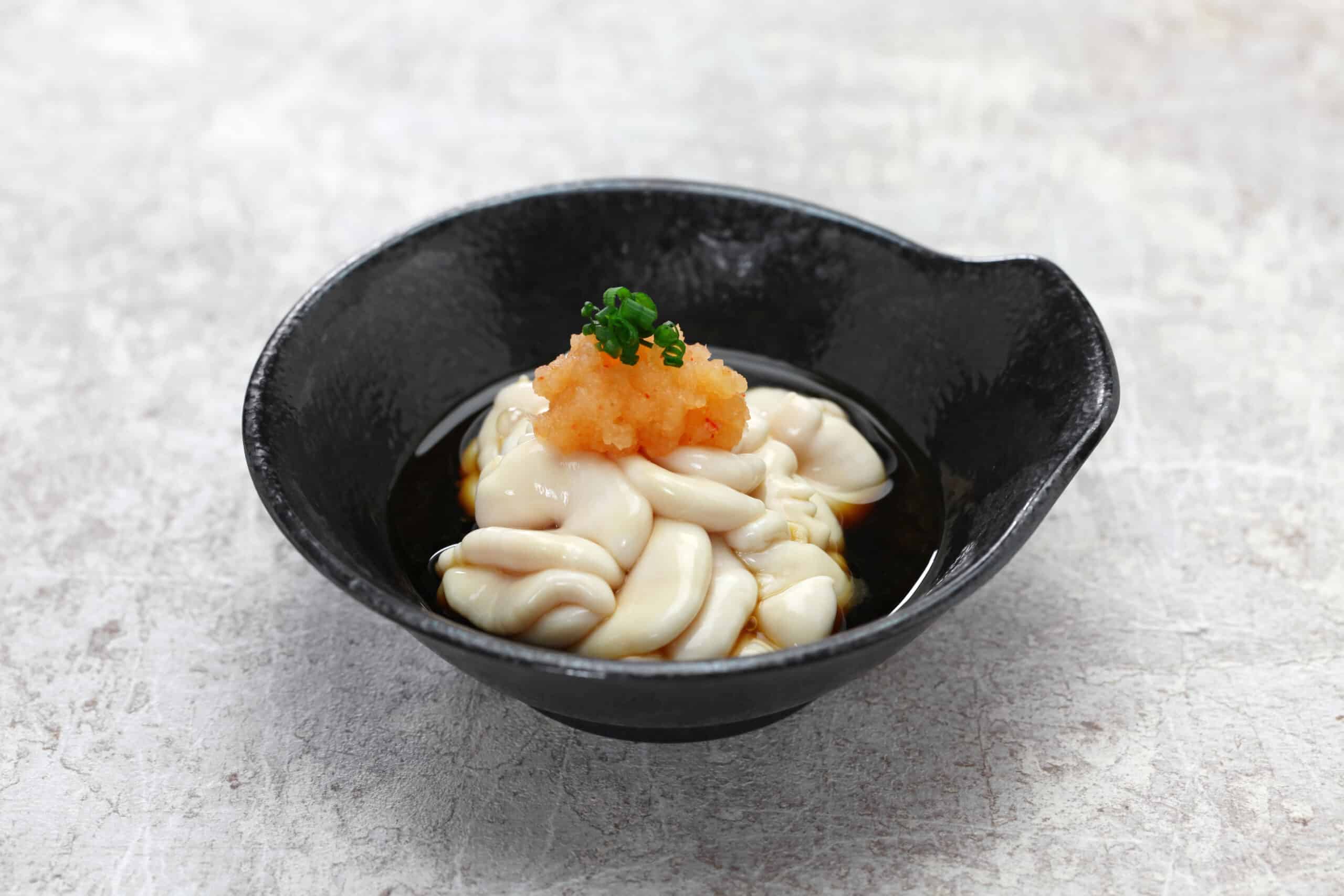
Shirako, also known as “cod milt,” is a Japanese delicacy consisting of the sperm sacs of male codfish. The texture is soft and creamy, while the flavor is delicate and slightly sweet. Shirako is often served raw as sashimi, or lightly cooked in tempura or hot pot dishes. It is prized for its smooth texture and unique taste. Despite its unusual nature, shirako is considered a gourmet item in Japanese cuisine.
Black Pudding (United Kingdom)

Black pudding is a type of blood sausage widely eaten in the United Kingdom and Ireland. It is made from pig’s blood, fat, and oatmeal, giving it a distinct dark color. The flavor is rich and savory, with a slightly grainy texture. Black pudding is often served as part of a traditional full English or Irish breakfast. It is considered a nutritious food due to its high iron content.
Lutefisk (Norway)
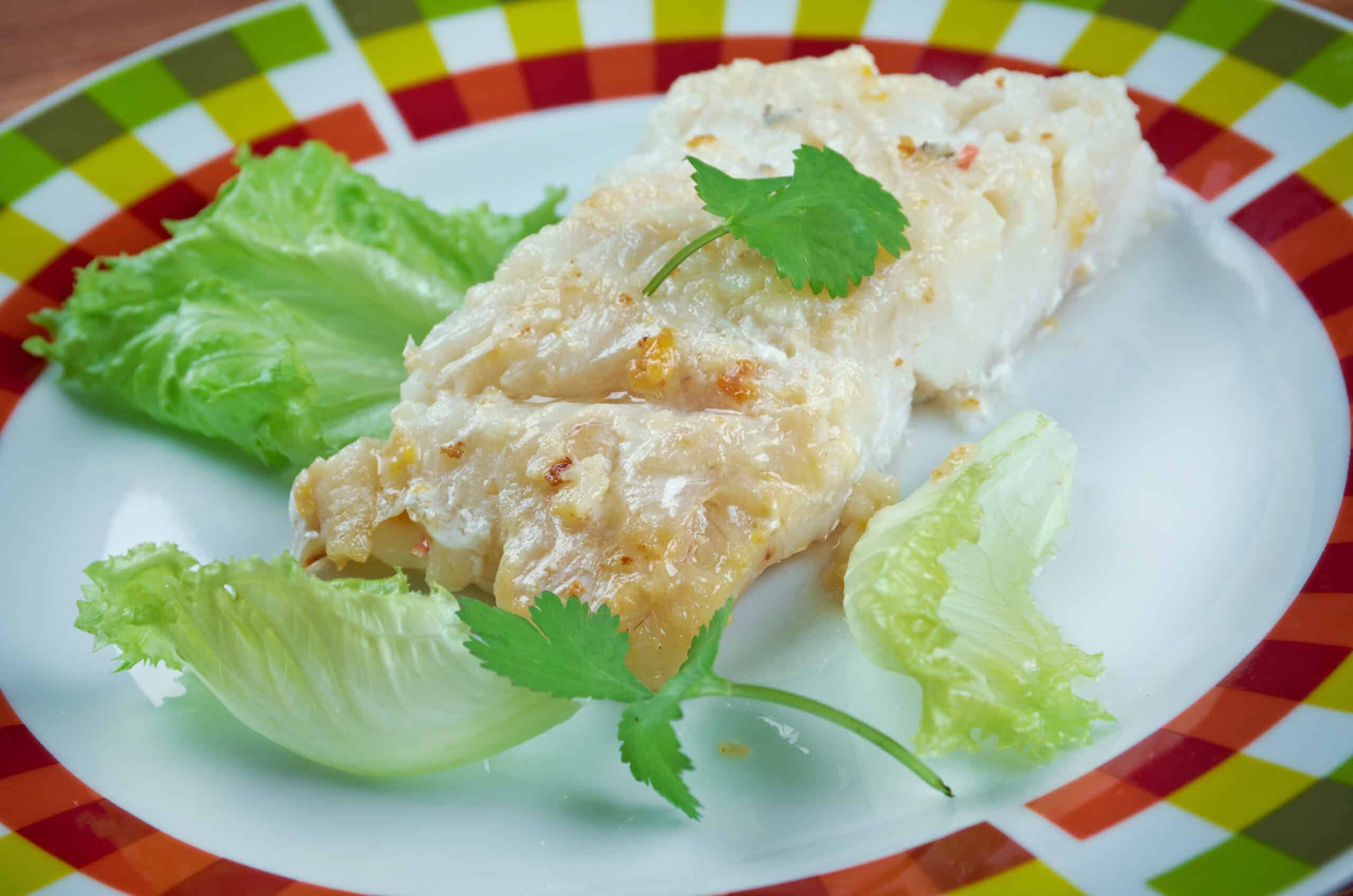
Lutefisk is a traditional Norwegian dish made from dried whitefish, usually cod, that has been soaked in a lye solution. This process gives the fish a gelatinous texture and a strong, pungent flavor. Lutefisk is typically served with boiled potatoes, peas, and bacon. It is a popular dish during the Christmas season in Norway and other Nordic countries. Despite its unusual preparation method, it is a cherished part of Scandinavian culinary heritage.
Mopane Worms (Southern Africa)
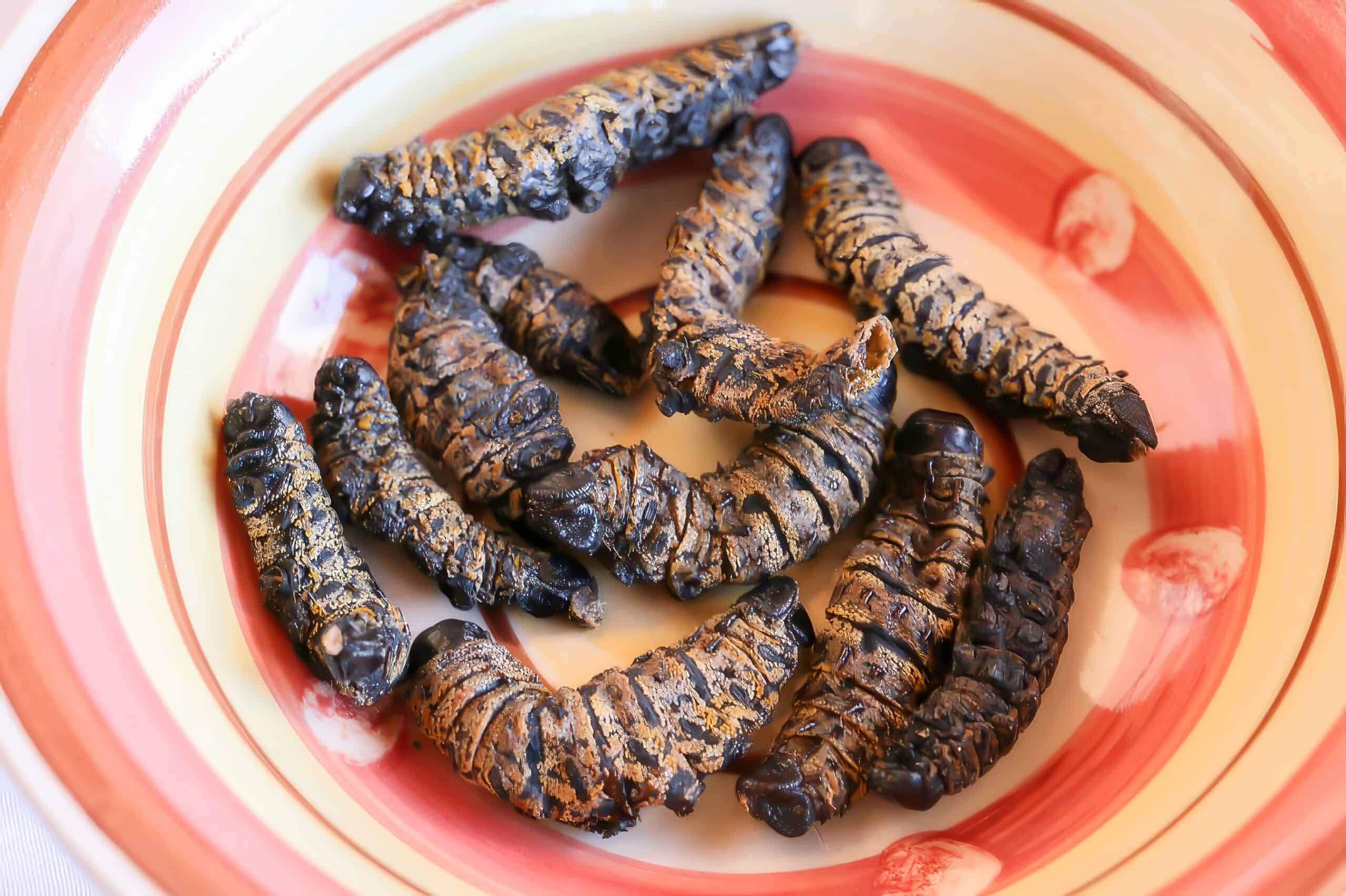
Mopane worms are a popular food source in Southern Africa, particularly in Zimbabwe, Botswana, and South Africa. These caterpillars of the emperor moth are harvested from mopane trees and are either dried, smoked, or cooked. The taste is often described as earthy and nutty, with a crunchy texture. Mopane worms are highly nutritious, rich in protein and essential minerals. They are often eaten as a snack or added to stews and sauces.
Bird’s Nest Soup (China)
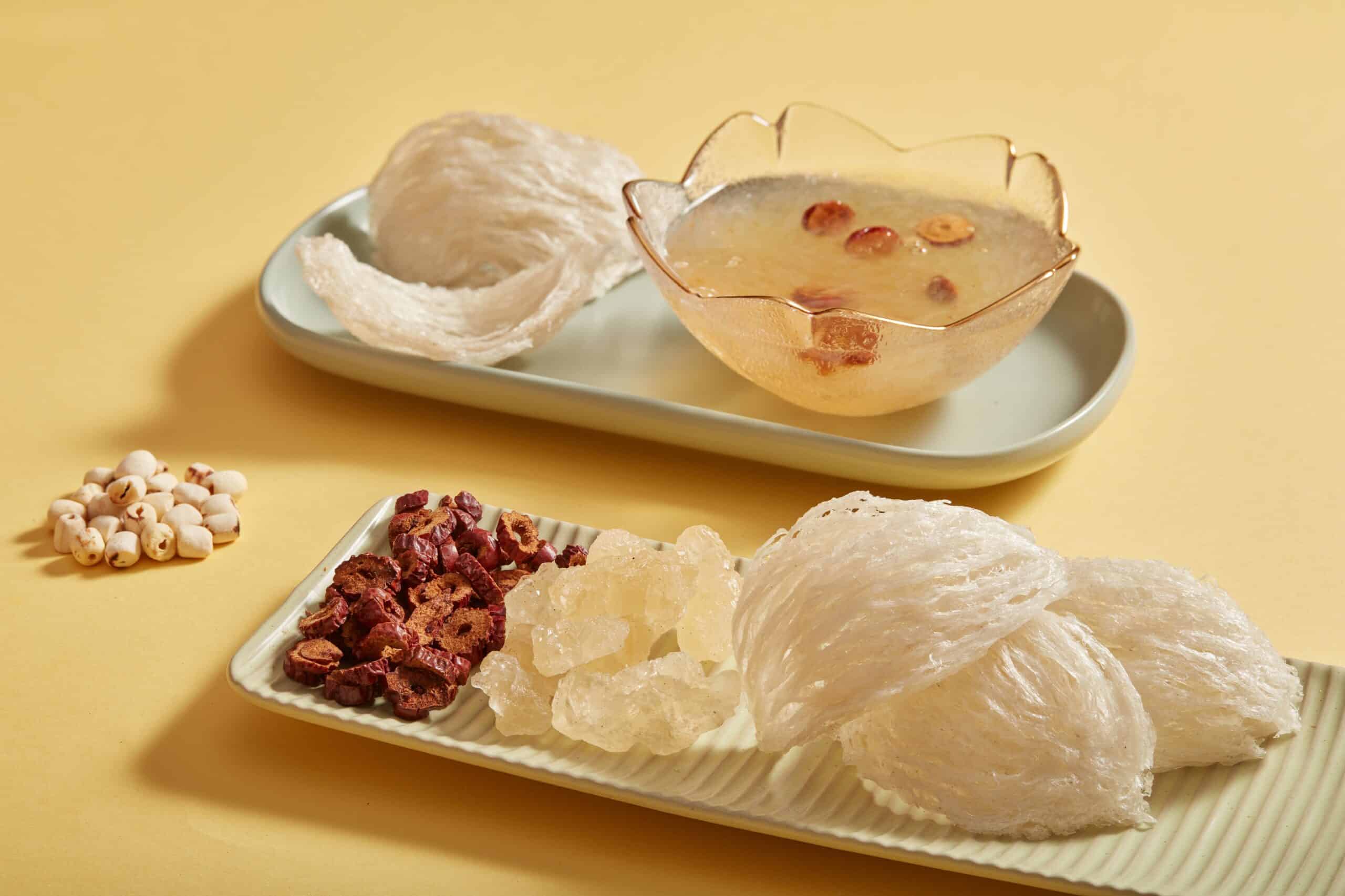
Bird’s nest soup is a delicacy in Chinese cuisine made from the nests of swiftlets. These nests are constructed from the bird’s saliva, which hardens when exposed to air. The nests are soaked and then cooked to create a gelatinous texture. The flavor is subtle and slightly sweet, often enhanced with rock sugar or savory ingredients. Bird’s nest soup is considered a luxurious dish, believed to have health benefits such as improving skin complexion and boosting the immune system.
This article originally appeared on Rarest.org.
More from Rarest.org
1967 Roosevelt Dime Value Guide

The Roosevelt Dime, which has been in circulation since 1946, commemorates President Franklin D. Roosevelt’s support for the March of Dimes and his efforts to eradicate polio. Read More.
1968 Jefferson Nickel Value Guide

Comprised of 75% Copper, 25% Nickel the Jefferson Nickel was produced from 1938-2003. On October 3, 1938, the US mints produced the first Jefferson coins. Read More.
1969 Kennedy Half Dollar Value Guide

The Kennedy half dollar, a fifty-cent coin that was first issued by the United States Mint in 1964, is still manufactured today. Read More.
